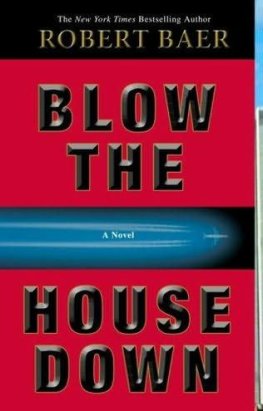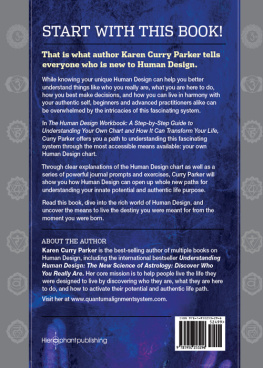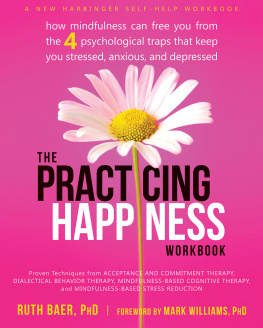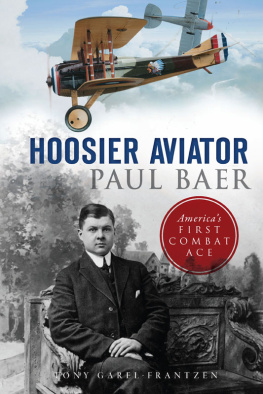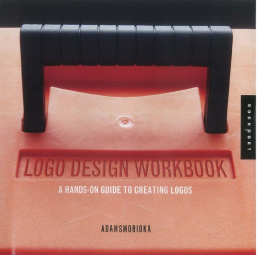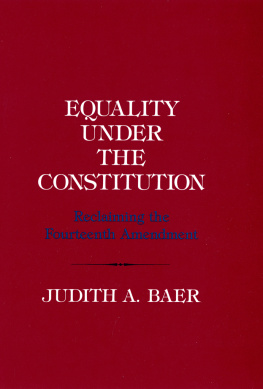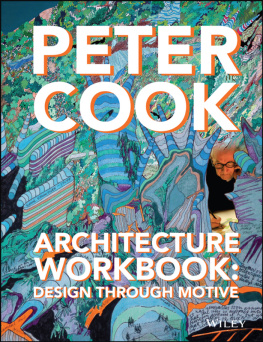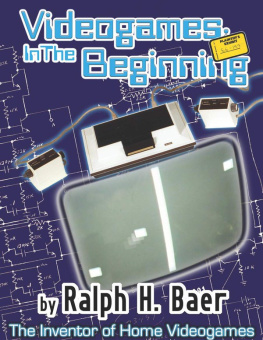Kim Baer - Information Design Workbook
Here you can read online Kim Baer - Information Design Workbook full text of the book (entire story) in english for free. Download pdf and epub, get meaning, cover and reviews about this ebook. year: 2008, publisher: Rockport Publishers, genre: Home and family. Description of the work, (preface) as well as reviews are available. Best literature library LitArk.com created for fans of good reading and offers a wide selection of genres:
Romance novel
Science fiction
Adventure
Detective
Science
History
Home and family
Prose
Art
Politics
Computer
Non-fiction
Religion
Business
Children
Humor
Choose a favorite category and find really read worthwhile books. Enjoy immersion in the world of imagination, feel the emotions of the characters or learn something new for yourself, make an fascinating discovery.

- Book:Information Design Workbook
- Author:
- Publisher:Rockport Publishers
- Genre:
- Year:2008
- Rating:5 / 5
- Favourites:Add to favourites
- Your mark:
- 100
- 1
- 2
- 3
- 4
- 5
Information Design Workbook: summary, description and annotation
We offer to read an annotation, description, summary or preface (depends on what the author of the book "Information Design Workbook" wrote himself). If you haven't found the necessary information about the book — write in the comments, we will try to find it.
Information Design Workbook — read online for free the complete book (whole text) full work
Below is the text of the book, divided by pages. System saving the place of the last page read, allows you to conveniently read the book "Information Design Workbook" online for free, without having to search again every time where you left off. Put a bookmark, and you can go to the page where you finished reading at any time.
Font size:
Interval:
Bookmark:
GRAPHIC APPROACHES, SOLUTIONS, AND INSPIRATION + 30 CASE STUDIES
Kim Baer with contributing writer Jill Vacarra

Clutter is a failure of design, not an attribute of information.
Edward Tufte
The Fundamentals. An overview of the discipline, plus an in-depth look at processes and tools.
PREFACE
Approaching information design from a user-centric point of view
CHAPTER ONE
About Information Design. What is it? Who is doing it? Why is it important?
CHAPTER TWO
Process: Discovery. A step-by-step look at the research and discovery process
CHAPTER THREE
Process: Prototypes and Testing. How user research and testing help to ensure successful design
CHAPTER FOUR
Design Toolkit. Visual devices to help communicate information
Case Studies. Information design highlights and in-depth interviews with leading designers in the field.
CHAPTER FIVE
Printed Matter Case Studies. Magazines, packaging, and corporate communications
CHAPTER SIX
Information Graphics Case Studies. Maps, charts, and diagrams
CHAPTER SEVEN
Interactive Case Studies. Websites and other screen-based projects
CHAPTER EIGHT
Environmental Case Studies. Wayfinding and exhibits
CHAPTER NINE
Experimental Case Studies. Information design that pushes the envelope
IN CLOSING
If youve ever been lost in a parking structure, searching in vain for your car, then you know the power of design. If youve ever walked into the ladies room when, in fact, youre a man (That icon on the door sure looked male to me!), then you know the power of design. If youve ever cast your vote for one candidate only to find it tallied to another, then you know the power of design. Design can confuse. Design can mislead. Design can change the course of history.
MORE THAN A TOOL TO TEMPT THE EYE
Design can clarify and simplify. It can inspire loyalty, sell millions, or save lives. The power of design lies in its nuance: Intelligently planned and skillfully achieved, it is more than a tool to tempt the eye. Its the difference between considered and purchased, annoyed and inspired, lost and found.
AN AMAZING TIME TO BE A DESIGNER
The importance of design is more acknowledged than ever, even in the general press. However, a good deal of this focus has been on product design. What may be less celebrated are the thousands of ways we depend on design to help us sort through complicated information and complex choices. Whether the information is online, printed, environmental, or experiential, the key is to craft the experience for the audience and look for ways in which design can cut through the clutter to the essence of an idea.
Over the years, clients have typically turned to designers to solve problems and devise smart design and communications solutions. Todays world of information overload means that designers are frequently asked to distill and simplify massive quantities of information. In terms of the designers evolving role in business, expertise in information design has become a key factor in providing value to clients.
NEW WAYS OF THINKING
In the past, graphic designers were not specifically trained how to approach the design of information-intensive projects, or think of design from a user-centric approach. Both of these tasks can seem challenging, even daunting. Our hope is that this book will make both the idea and the practice of information design appealing and approachable.
THIS BOOK:
Leads you through the mindset and kind of thinking that support good information design
Gives you an overview of the types of processes and tools you can use to create effective information design
Shows real-world examples of successful projects
Presents interviews with some of the premier practitioners working in the field today
A USER-CENTRIC MINDSET
An information designer whos in the zone is likely to have the following traits:
A passion for asking questions
A keen eye for detail
Respect for the end-users time and needs
The ability to see the forest and the trees
A sensitivity to everyday annoyances
The empathy to imagine what others feel
The ability to observe and participate at the same time
A sense of humorwhen isnt this a useful trait?
The following anecdotes will give you a sense for how to think like an information designer. These are real-world stories from the trenches, detailing the various ways user experiences could be improved if seen with a user-centric design mindset. Once you have the user-centric mindset, youll never see the world the same way again.

GUERILLA PUBLIC SERVICE
Due to the lack of adequate signage at the busy junction of the 110 and Interstate 5 freeways near downtown Los Angeles, motorists were constantly missing their interchange and getting lost. In 2001, artist Richard Ankrom got fed up and created completely realistic freeway and directional signage to correct the problem. Ankroms precisely reproduced guide signs were so realistic that the California Department of Transportation assumed it was an inside job until the artist revealed the stunt nine months later in a news article.

CURSING IN THE AISLES
If you make a visit to your office supply store on any given day, youre likely to find several customers agonizing over the sea of confusing items in the ink cartridge replacement aisle. An information design nightmare, ink packaging is often designed with the same template. Many inks serve multiple printers. To find the right one, you have to scan assorted, hard-to-pinpoint printer numbers on the same small box. Is that image of the parrot on the package relevant, part of an image coding system? Next time the ink runs out, you too will be cursing in the ink aisles. Ann Enkoji

YOUR CAR IS WAITING. SOMEWHERE.
Ever lose your car in a parking deck? The problem of multistory parking structures is an issue worldwide. Very few parking structures create vista icons or prompts to help those of us with short memories and stressed circumstances remember where we parked. Parking structures are clearly created by engineers for car storage purposes and not for car users who wish to continue a relationship with their vehicle. Tania Konishi

IM SORRY, CAN YOU REPEAT THAT?
We were standing in a long customs line that was taking forever and I came to realize that it was because the customs agent (decked out in a giant cowboy hat and gold collar medallions) was giving directions (the identical directions, we might add) to each person in line as to how to get to their gate. And a good thing too, because Ive never seen such bad/inadequate signage in an airport. That delay prevented our luggage from getting on the flight, but thats another story. Barbara Cooper
Font size:
Interval:
Bookmark:
Similar books «Information Design Workbook»
Look at similar books to Information Design Workbook. We have selected literature similar in name and meaning in the hope of providing readers with more options to find new, interesting, not yet read works.
Discussion, reviews of the book Information Design Workbook and just readers' own opinions. Leave your comments, write what you think about the work, its meaning or the main characters. Specify what exactly you liked and what you didn't like, and why you think so.

